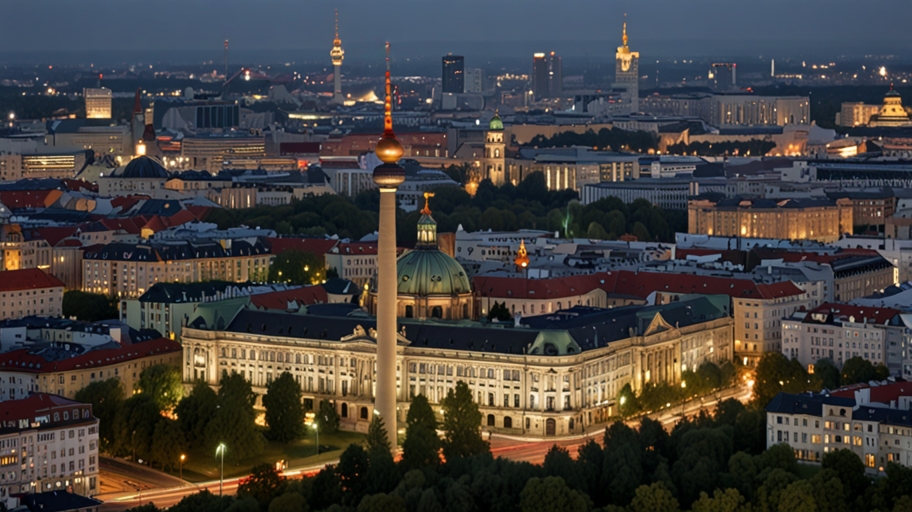Berlin, long famous for its laid-back character and affordable living, is undergoing a significant economic transformation which not only is reshaping the city’s look and identity but also presents new challenges.
The city, which has been behind in economic output compared to others for a long time, is now booming and is leading with a per capita output of 54,607 euros instead of Germany’s 50,819 euros.
Thanks to this new burst of activity, Berlin is now more like Germany’s Silicon Valley, as it is the major startup hotspot with as many as 500 new companies being registered annually – a number sufficient to overtake Munich.
Apart from the fact that the city is attracting digital consumer service companies, the exhibition and shopping space at Zalando and the mobile bank N26 are also on the list of corporations that have chosen the German capital as their base.
Besides, the establishment of Tesla’s gigafactory nearby and the brand-new airport in the city have had a beneficial impact on local businesses while also providing several thousand job opportunities.
Berlin’s mix of high culture, counterculture, and well-preserved history has made the city a major tourist destination, ranking third in Europe after London and Paris for overnight stays. The growth in the number of tourists has also translated into a stronger economy for Berlin, bringing in investment and generating employment across different sectors.
Nevertheless, the prosperity of the city has not been for everyone. The cost of living has soared to such heights that it has now become one of the biggest threats to the survival of artists and bohemians who have been the life of Berlin since the fall of the Wall.
This group was originally attracted by cheap houses and abandoned buildings. The increasing expenses do not spare those who have only recently become part of the startup ecosystem and are now starting to affect them adversely.
In recent times, the costs of rents have risen higher than the average national rate which has brought the discussion on the regulation of the prices of all types of goods and services to the forefront.
The city’s most renowned techno clubs have had a constant rise in entry fees, which has eventually led to the shutting down of some of the clubs. As a result of this dramatic change, people are now worried about the disintegration of Berlin’s distinctive cultural identity.
Berlin despite these problems still pulls in new inhabitants who discover a multitude of good things in the city. The spirit that Berlin represents is still alive and well in the events that showcase the city’s openness and diversity.
While some parts of the city are indeed undergoing a morphing process, Berlin is still seen by many as a charming and trendy place with its own original characteristic.
Notwithstanding this remarkable change, in Berlin’s economy is the fact that the change has been rather painful. The unemployment rate in Berlin was at 9.7%, this rate is well above the average national figure of 6.0% for last year. In addition to this, the gross monthly salary in Berlin that brought the average up to 4,634 euros still remains much less than in cities like Munich, Hamburg, Stuttgart, or Frankfurt the country’s financial center.
However, it’s emphasized by experts that Berlin has had much development in the past. The city has been evolved from a mere seat of government to having a very dynamic economy, quite a great change.
The main theme of this change has turned into the management of the opportunistic aspects and the solving of the issues that might have arisen for the citizens and companies also.
Electing to go on with its economic growth, Berlin is facing a situation where it is crucial to maintain the balance between growth and the preservation of its distinctive identity. The next couple of years in Berlin will be a deciding period, which will show whether the city can be still unprecedented as a center of creativity and innovation and adapt to the reality of its new economic status.
